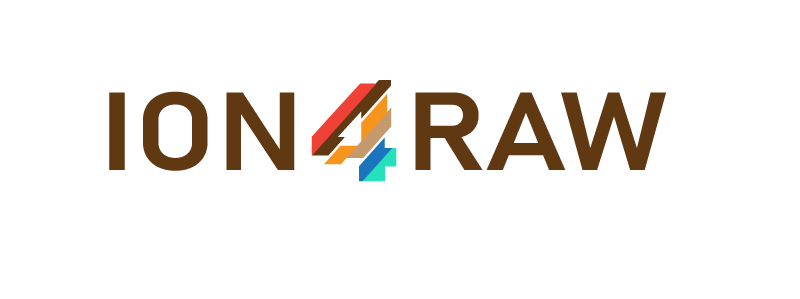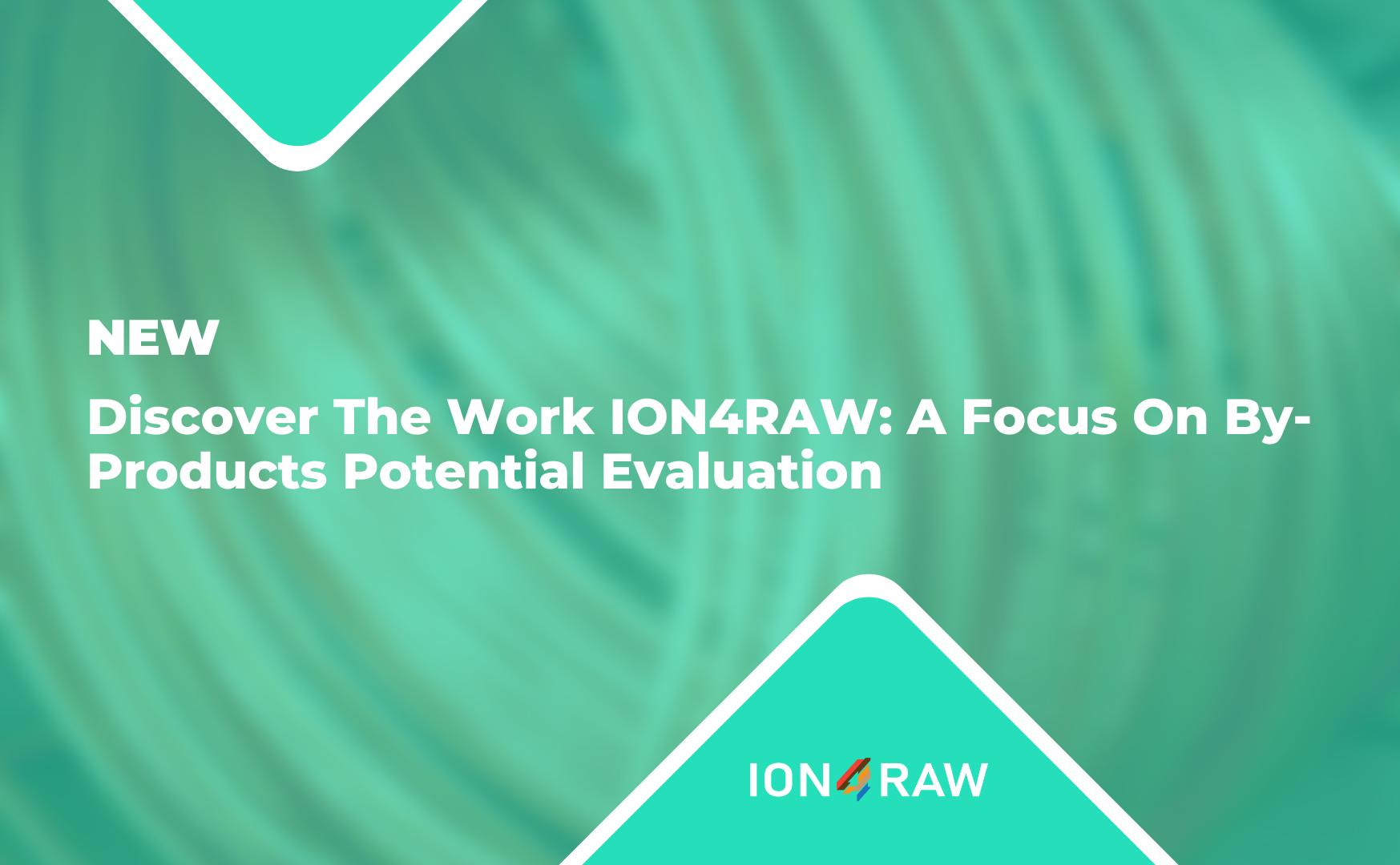WP2 is entitled « By-products potential evaluation » and involved 6 partners of the ION4RAW project and 3 mining operators. It aimed at displaying an extensive and comprehensive evaluation of by-products potential – Bi, Co, Ge, In, Mo, Pt, Re, Sb, Se, Te, – in Au-Ag, Cu and Cu-Au deposits. Most of these by-product elements belong to the 2020 EU Critical Raw Materials List. Very little data exist about their possible recovery because exploitation and exploration projects mainly focus on the main commodities for economic evaluation.

Location of most favorable areas for epithermal deposits in Europe with higher statistical potential to have enrichment in Sb, Bi, Te, Ge, Se and In (kernel density map)
The first task of WP2 was to produce a geographically-based compilation of the selected by-products occurrences and their relative potential in known European occurrences. The DataBase Querying (DBQ) approach was applied on the historical European Promine dataset. Several areas of great interest for prospection of the targeted by-products of the various mining projects and geological entities were determined. It allows potential identification of commodities, which are either rarely reported in analyses or through divers permit/deposit reports by mining companies. This work may encourage mining operators to search for these rare elements in their deposits / prospects which are located in high potential areas, whereas they are not currently researched. The results are described in detail in a public report[1] and published in a scientific article[2]. They also served as inputs for WP8 to create the Decision Support System.
In order to develop and evaluate the ION4RAW process on samples from different kind of resources typology and respective mineralogy, five ore deposits were selected and sampled with help of the mining operators: Cobre Las Cruces and El Valle Boinás ore deposits in Spain, Cononish gold mine which is the only active gold mine in Scotland, Cerro Lindo and El Porvenir ore deposits in Peru. Between 300 kg and 7 tons of each bulk ore, totalizing 22.7 tons of material, were sampled during the first year of the project and distributed to ION4RAW partners. Sub-sampling and pre-treatment of the samples for the lab analyses are described in a public report[3].

This Back-scattered electron (BSE) image gives evidence of molybdenite (Mo) grains associated with apatite (Apa) in the garnet (Grt) gangue.
After that, a comprehensive characterisation of the ores was necessary to assist the other WP in understanding the link between the ore mineral composition and the potential metal recovery at each step of the ore processing, and optimize process yield. The challenge was to detect and quantify the targeted by-products as they are distributed in highly disseminated trace minerals and in low concentrations among the main ore minerals compared to the main commodities.
Geochemical and mineralogical characterization of the ore samples was performed using multi-scale characterization techniques: whole rock chemistry, X-Ray Diffraction, scanning electron microscopy (SEM and automated mineralogy techniques), micro-X-Ray fluorescence, electron probe microanalyses (EPMA), laser ablation inductively coupled plasma mass spectrometer (LA-ICP-MS). Quantifying all the chemical elements (major, minor and traces) within various ore matrix (massive sulphidic ores or within silicate and carbonate gangue minerals ) is not possible with one single method. Thus, several methods have been applied and adapted to each specific ore-rock samples and respective metal contents and detection limits, depending on the research targeted element, their relative concentrations and their ability to recover them from the solid or solution with the various lab apparatus. The full characterization of each ore sample is described in a confidential report[4], restricted to project partners and the mining operators for strategic and economic reasons.
Micrographs in reflected light of the main galena (Gn)-pyrite (Py)-chalcopyrite (Cpy)-sphalerite (Sph) ore assemblage with late marcasite replacing garnet. Chalcopyrite essentially occurs as inclusions in sphalerite.
Geochemical and mineralogical characterization served as input for the Life Cycle assessment (WP7). Moreover, the amenability to recover by-products from mineral processing was determined by automated quantitative microscopy analyses using Qemscan and TIMA-X scanning electron microscopic systems. These techniques are applied regularly in the mining industry to quantify the mineralogy of the ore feed and products and it allows understanding the comprehensive deportment of the minerals hosting the targeted by-products. The mineralogical deportment of by-product was statistically analysed as mineral associations, respective form and particle-size distribution of by-product bearing species and assessment of their potential liberation during mineral processing. The results obtained within this task are presented as well in a confidential report[5].

This BSE image shows a pyrite grain where laser ablation was carried out: the holes represent the laser impacts with quite regular morphologies.
Results obtained by WP2 first give to the main stakeholders the areas of interest regarding the targeted by-products. Furthermore, they provide support for the processing industry through assessing the mineralogical deportment of by-products in deferent kind of ores. The methodology applied may be useful to qualify the efficiency of the mineral pre-treatment and will help to predict the potential recovery after hydrometallurgy and DES assays by comparing the initial ore solid composition with the concentrates and waste compositions after extraction for example or at the successive steps of the process.
[1] Gourcerol B., Bertrand G., Bailly L., Moreau P., Duhamel-Achin I., Négrel P., Warscheid W. (2020), Mapping of by-product potential in mineral deposits – D2.1 ION4RAW H2020 project Grant 815748
[2] Gourcerol B., Bertrand G., Bailly L., Moreau P., Duhamel-Achin I., Picault M., Négrel P. (2022) Predictive assessment of metallogenic signatures using the DataBase Querying (DBQ) method : A European application – Journal of Geochemical Exploration 236
[3] Moreau P., Gourcerol B., Duhamel-Achin I., Delchini S., Négrel P., Warscheid W., Sangster C., Sánchez Ruiz F., Álvarez Cifuentes R., (2020) Technical note and methodology guide for sampling and sample preparation – D2.2 ION4RAW H2020 project Grant 815748
[4] Moreau P., Lerouge C., Bailly L., Gourcerol B., Duhamel-Achin I., Maubec N., Wille G., Lach P., Sangster C., Warscheid W., Álvarez Cifuentes R., Sánchez Ruiz F. (2022) – Chemical and mineralogical characterisation of by- product in target ores – D2.3 ION4RAW H2020 project Grant 815748
[5] Moreau P., Duhamel-Achin I., Bodenan F., Lerouge C. (2023) – Assessment of by- product endowment and metallurgical availability – D2.4 ION4RAW H2020 project Grant 815748
Author: Pauline Moreau




